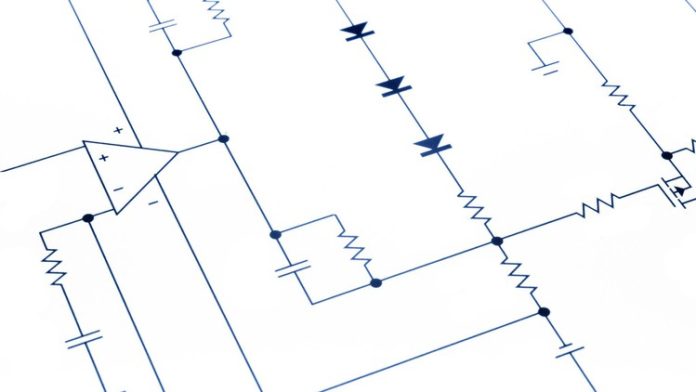In the realm of electronics, the ideal diode stands as a crucial component, enabling seamless power flow and ensuring efficient energy utilization. Let’s delve into the intricacies of this electronic marvel, exploring its characteristics, circuit representation, and practical applications.
What is an Ideal Diode?
At its core, an ideal diode is a theoretical electronic component that exhibits flawless rectification properties. Unlike its real-world counterparts, it allows current to flow freely in one direction while blocking it entirely in the opposite direction. This impeccable behaviour forms the foundation of its name—the ideal diode.
Ideal Diode Symbol:
Represented in circuit diagrams by a simple arrowhead pointing in the direction of allowable current flow, the ideal diode symbol captures the essence of its unidirectional conductive nature. This symbol is a visual cue for engineers and enthusiasts alike, signifying the diode’s role in directing electrical currents.
Ideal Diode Circuit:
The ideal diode circuit is uncomplicated yet powerful. Placed in series with the load, it ensures that current flows only in the intended direction, preventing any undesired backflow. This rudimentary setup finds applications in various electronic systems, guaranteeing the integrity of power sources.
Ideal Diode Characteristics:
The distinguishing features of an ideal diode contribute to its widespread use in electronic design:
- Perfect Rectification: Ideal diodes allow current to pass freely in one direction while blocking any reverse current, ensuring a one-way flow.
- Zero Forward Voltage Drop: Unlike real-world diodes, ideal diodes exhibit no voltage drop when conducting, leading to maximum power efficiency.
- Instantaneous Switching: The response time of an ideal diode is infinitesimally small, enabling rapid switching between on and off states.
Ideal Diode Controller:
To harness the capabilities of ideal diodes in practical applications, engineers often implement ideal diode controllers. These controllers manage the diode’s switching behavior, optimizing its performance in real-world scenarios. By using external circuitry, they mimic the behavior of an ideal diode, providing seamless integration into complex electronic systems.
Ideal Diode Examples:
Numerous scenarios benefit from the application of ideal diodes. One notable example is in solar energy systems, where ideal diodes prevent reverse current flow during nighttime or cloudy conditions, preserving energy harvested from solar panels. Additionally, they find use in power supply circuits, uninterruptible power supplies (UPS), and battery management systems.
In conclusion, the ideal diode, despite being a theoretical concept, plays a pivotal role in shaping the efficiency and reliability of electronic systems. Its characteristics, represented by a simple symbol in circuit diagrams, extend far beyond theoretical discussions. As we continue to innovate in the world of electronics, the ideal diode remains a guiding light, promising a future of optimized power flow and energy utilization.








